Navigating Color Trends: How to Curate a Timeless Look for Your Home

Today, I’m diving into shifts in color trends and how to use color to curate a timeless look, so let’s get started.
Table of contents
Backlash & Balance
As I was reflecting on the topic of dated decor, I began to think about color and the causes for shifts from one extreme to the other. I realized that in design, there’s always a backlash when things get out of balance.
This can be seen in design styles as well, like the Craftsman backlash against Victorian-era mass production…
…or the playful maximalism of postmodern design following the stark minimalism of the modern period.
Likewise, the last 25 years have seen huge shifts in color and style, with attitudes and preferences changing roughly every 10 years or so.
Return to Nature
Luckily, it seems that the pendulum has started to settle in the middle. I believe this is due to our focus on biophilia and a return to nature—after all, nobody ever stepped out into nature and said, “This look is so dated.”
Let’s take a look at some of the colors and materials many of us may still have in our homes and see how we can bring them into balance.
1990s and 2000s
During part of the 1990s and into the 2000s, the deep, warm color schemes of Tuscan and Mediterranean styles were really popular.
Cherry wood furniture, orange-toned or dark wood cabinetry, and busy granite countertops were everywhere, along with walls of textured faux finishes and sun-baked hues. Shiny brass metals, ornate iron light fixtures, and overdressed windows complete with valances and heavy drapery were also in style.
2000s and 2010s
Toward the middle of the 2000s, a backlash started to take shape, and we were ready for something completely different.
The cool color palette, particularly combining gray and white, really took hold during the late 2000s. Ultra-sleek minimalism became the new wave in home fashion, with all-white rooms, shiny chrome, leather, and lots of glass. Super-dark woods like wenge were in style, adding to the cold look.
However, warmer and more homey styles, like modern farmhouse, were on the horizon, and even though they used a lot of cool tones, they brought in warmer tones and natural materials.
2020s
After about a decade of gray and white dominating spaces, the 2020s are shaping up to be a period of balance, as we embrace warm and cool colors and materials found in nature.
The focus on biophilia—the love of life and all that is alive—has been a big influence on this trend, as we welcome the feeling of calm and balance that nature can bring to a space.
This aesthetic combines light to medium-toned woods like white oak, or the deeper-toned woods currently making a comeback, along with neutrals like warm whites, beiges, and taupes for finishes and furniture accents in earthy hues.
A combination of metal finishes can create a balanced palette for a more timeless look.
So, if you’re building, shopping for, or renovating a home, these are some things to consider. But what if you have no intention of moving, and renovation is not in the budget? Here are some budget-friendly strategies to help you bridge the gap:
Paint
Paint is probably the easiest and least expensive way to update everything—from walls, ceilings, doors, baseboards, and trim to cabinetry, furniture, and even finishes you might not think of painting, like tile, countertops, fireplaces, door hardware, and light fixtures.
Items with metal finishes can be replaced at a fairly reasonable cost, so you’ll need to decide if painting them is worth the hassle.
Horizontal surfaces like floors and countertops should be considered carefully, as they take a lot of wear and tear.
Select tough finishes and be aware that it might be a temporary solution.
Upholstery
Upholstered pieces can be reupholstered and potentially modified during the process. This isn’t an inexpensive solution, so if that’s not in the budget, slipcovers can be a great alternative.
They’re very on-trend right now, and they have the added benefit of washability.
Edit
Simply removing outdated decor and details can also help make your space more current. Anything theme-related or outdated can be removed and replaced, including drapery, rugs, artwork, and many other items that will bring in a warm and natural look.
For more interior design ideas, check out my other videos. You can find details of some of the products featured in this video description box here. Thanks so much for joining—I’ll see you next time!




















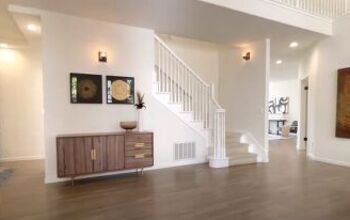

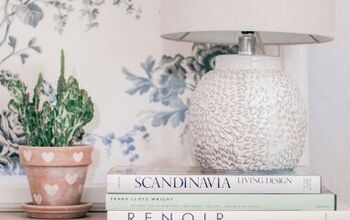
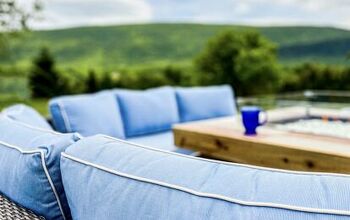
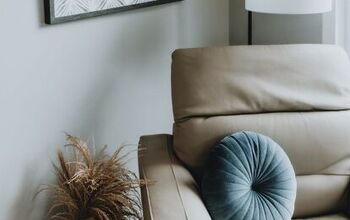

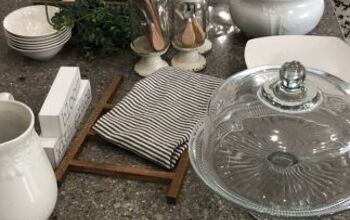










Comments
Join the conversation